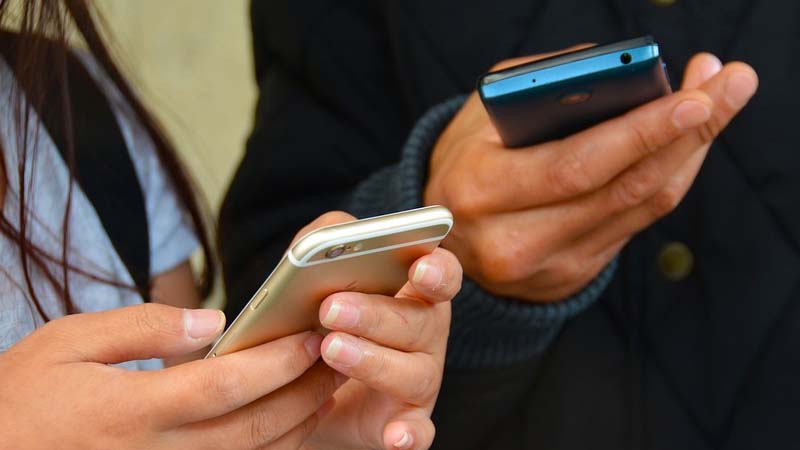
Do you use your phone for pretty much everything? We do, too—from paying for that morning cup of coffee to calling our mom, we use our phones for so many of our daily tasks. But how safe is it to access your bank account from a mobile device? It’s easy to think of your smartphone as just an extension of your arm, but if someone were to steal it, it would be like giving them the key to your home.
Passwords are the first line of defense against people trying to access your account. The more random your password is, the harder it will be for other people to guess. But don’t include any recognizable words or phrases in your passwords—”Password” is right out! If you’re having difficulty coming up with an original password, take advantage of a password manager.
These programs can generate complex passwords that are difficult for hackers to guess—and they do so in a way that makes those passwords easy for you to remember! Don’t get complacent once you’ve created the perfect password with this tool.
You should never use the same password for multiple accounts; if someone guesses one of your passwords and logs in as you (or simply changes the email associated with your account), they’ll have free reign over all your information.
Public Wi-Fi networks are convenient, but they’re generally not secure connections. If you need to access your accounts while on the go and can’t use cellular data, use a virtual private network (VPN) connection. A VPN is a secure connection that masks your online activity and IP address, protecting you from hackers who want to eavesdrop on what you’re doing on the internet.
Don’t click on links or attachments in text messages, emails, or social media posts. It’s common advice, but it’s the first step to protecting your personal information. After all, you can’t accidentally click on something if you don’t open it in the first place. If a message seems suspicious, such as an email that appears to be from a financial institution but contains misspellings and poor grammar, don’t open it. If you’re not expecting an attachment or link, don’t click on it. If you do get phishing emails or texts, report them.
In addition to keeping your phone secure, you’ll also want to be careful about what apps you download. Only download official apps from vetted sources, not just an app that catches your eye on the internet. Downloading malware can expose you to identity theft and unexpected charges.
If an app seems sketchy or asks for more permissions than necessary, don’t download it. Take a look at the reviews and see how other users feel about the app—if it’s poorly designed or has been criticized for being unsafe, avoid it altogether. Remember that sometimes “free” is expensive; avoid downloading apps that are free but require in-app purchases.
What can you do to keep your information safe on a mobile device?
The best thing you can do is to be proactive. Set up a passcode that is easy for you to remember but hard for someone else to guess, and change it every six months. Make sure that any apps you download have end-to-end encryption. And don’t save your passwords on your phone!And most importantly, don’t panic! If you get hacked, you can borrow some steps to recover it here.
